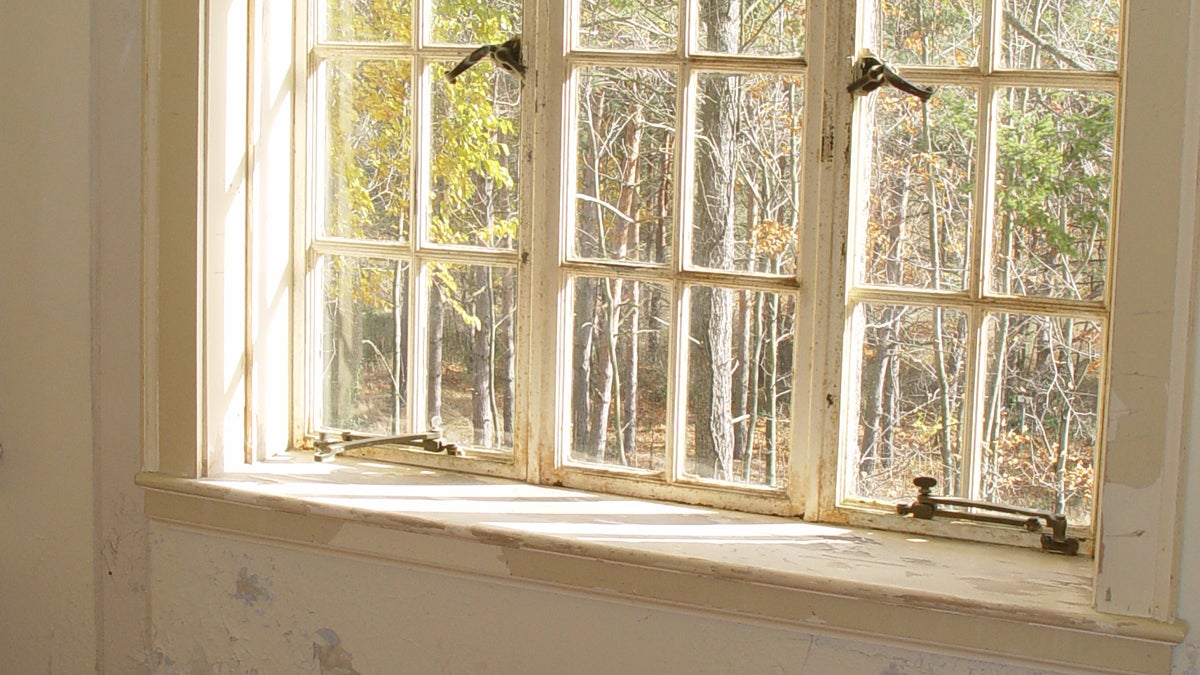Lead-tainted water in Flint draws new attention to lead risks in older Pennsylvania cities
 Photo via ShutterStock) " title="shutterstock_126177" width="1" height="1"/>
Photo via ShutterStock) " title="shutterstock_126177" width="1" height="1"/>
Older houses with peeling, chipping lead paint are the No.1 cause for elevated blood-lead levels in children in Pennsylvania. (Photo via ShutterStock)
Several cities in Southeast Pennsylvania — including Norristown and Chester — had higher rates of children with unsafe blood-lead levels than the state as a whole.
Several cities in Southeast Pennsylvania — including Norristown and Chester — had higher rates of children with unsafe blood-lead levels than the state as a whole, according to a 2014 Pennsylvania Department of Health report.
That report acknowledged gaps in the surveillance data, including information on the patients’ race and the overall rate of testing. Only “slightly more than one-fourth of the population under 3” are tested for lead, reads the report.
Two other things to keep in mind: The cities highlighted by the report — and a later Vox piece that Philly Mag’s Sandy Smith has poked a few holes in — have certain risk factors in common that led them to be analyzed separately by the state. Those risk factors include “population of children under 7, low-income families, and older housing,” the report said.
The second: In general, lead poisoning in Pennsylvania doesn’t stem from tainted water. Flint is a unique case; a few years ago, city management switched the source of drinking water to the polluted Flint River. Though that water source is corrosive, Flint failed to treat the water to prevent corrosion, introducing lead from old pipes to the drinking supply.
In Pennsylvania, old homes are the culprit.
“Chipping, peeling paint is the No. 1 factor,” said Rhonda Stanek, supervisor of clinical services for the Montgomery County Health Department. That paint was used in homes built before 1978, when lead paint was banned.
“Usually we see our cases go up in the springtime when families start opening their windows to let the fresh air in,” said Stanek. “The kids like to stand at the window and look out. And then they’re always putting their hands in their mouth.”
Along with removing lead from the home environment, educating parents about washing their children’s hands is critical to reducing exposure, she said.
Stanek confirmed that Norristown is the “hotbed” of elevated lead cases in Montgomery County. Of the 90 children found to have more than 10 micrograms per deciliter of lead in their blood in 2015, a full one-third were reported in Norristown. Nine were in Pottstown.
That measure — 10 µg/dL — used to be the threshold for unsafe levels, but the Centers for Disease Control and Prevention has since lowered the level to 5 µg/dL.
Most of those cases come to the Montgomery County Health Department’s attention via doctor’s referrals. The department used to do mandatory testing at its own health centers and Head Start facilities, but stopped in 2013 when funding for the program from the CDC was reduced.
The county now pays for case management for families with a child with elevated blood-lead levels out of its health department budget.
In Montgomery County, families with a child who has a blood-lead level of 10 µg/dL get a home visit from a public health nurse, who counsels them on risk factors, said Stanek. Children are then tested every six months until their levels drop to a safe range. Those with a level higher than 20 µg/dL also get a visit from an environmental expert.
Statewide, funds for lead poisoning initiatives flow through the Pennsylvania Lead and Healthy Homes Program, an umbrella initiative promoting education and prevention of health risks in homes.
Delaware County and Chester City health officials both said they do not keep information on blood-lead levels, but that their contractor for Pennsylvania Lead and Healthy Homes Program, the National Nursing Consortium Center, keeps tabs. The leader of that initiative for Southeastern Pennsylvania was out of the office at the time of writing and did not respond to request for comment.
With a large stock of older housing, Pennsylvania cities have had to contend with lead poisoning, and the development delays it can cause in children, for decades, said Karen Murphy, secretary of the state Department of Health.
While individual rankings vary by study, “Pennsylvania is always in the top five for age of housing,” she said.
WHYY is your source for fact-based, in-depth journalism and information. As a nonprofit organization, we rely on financial support from readers like you. Please give today.


